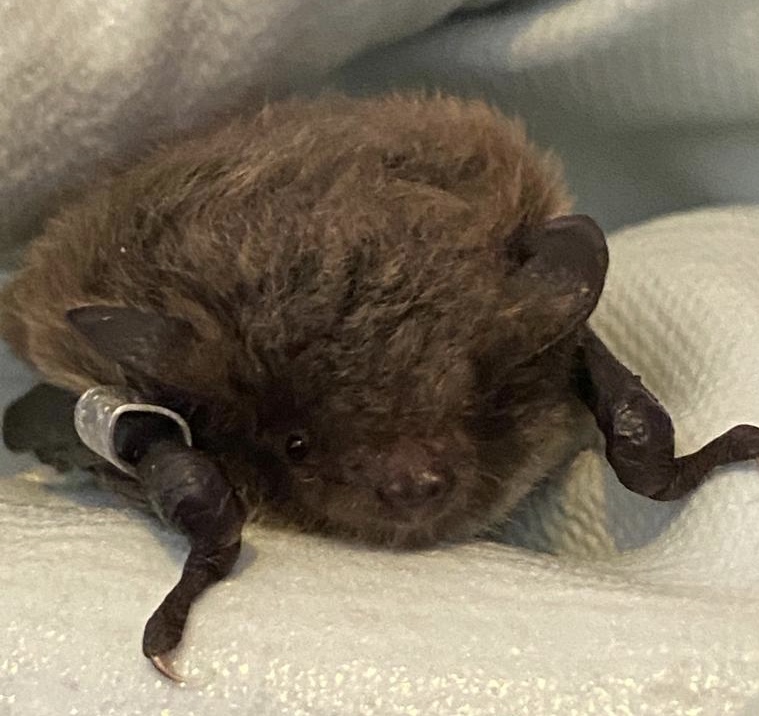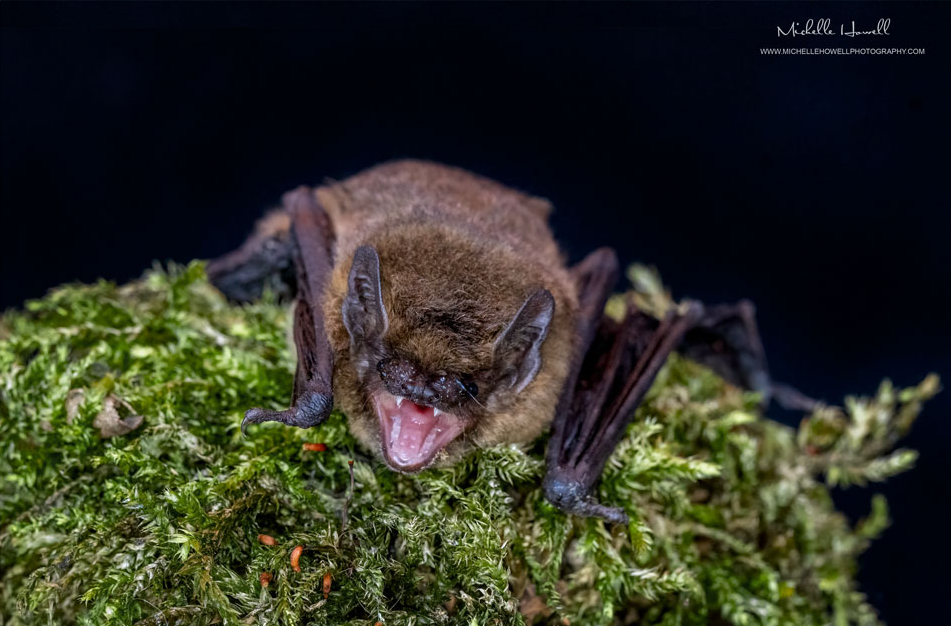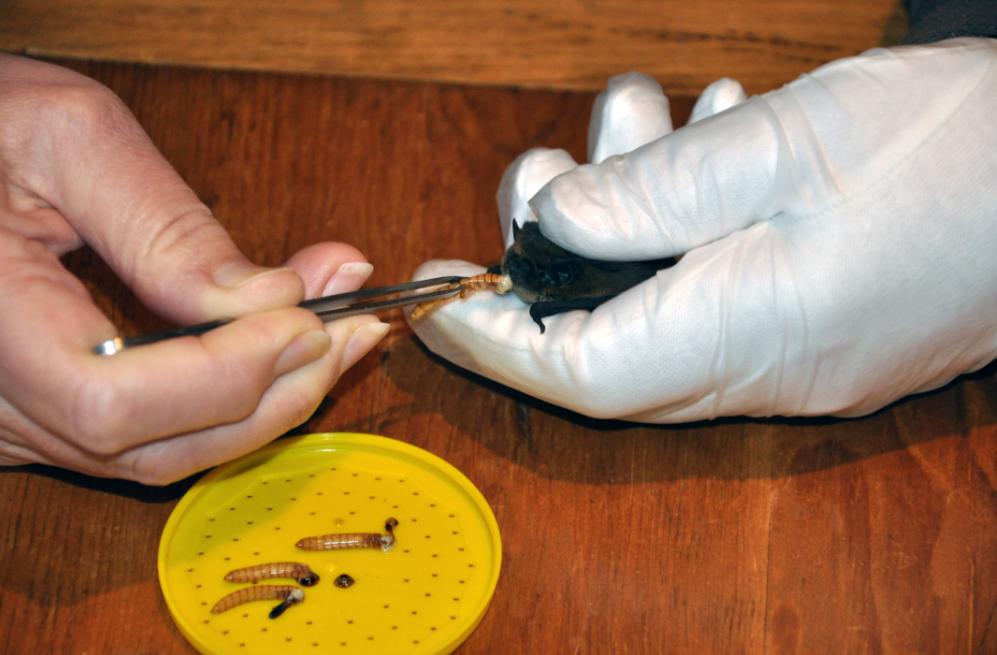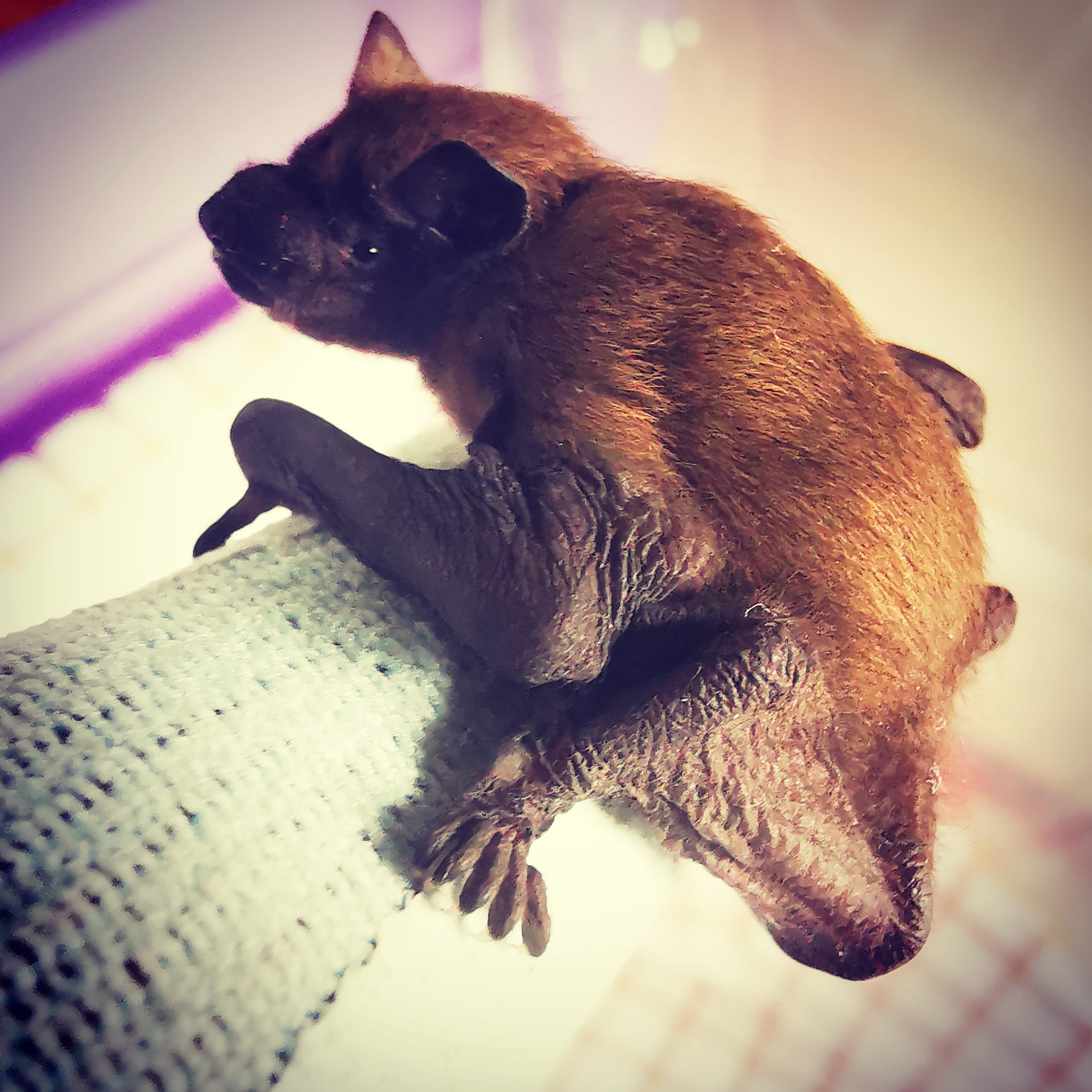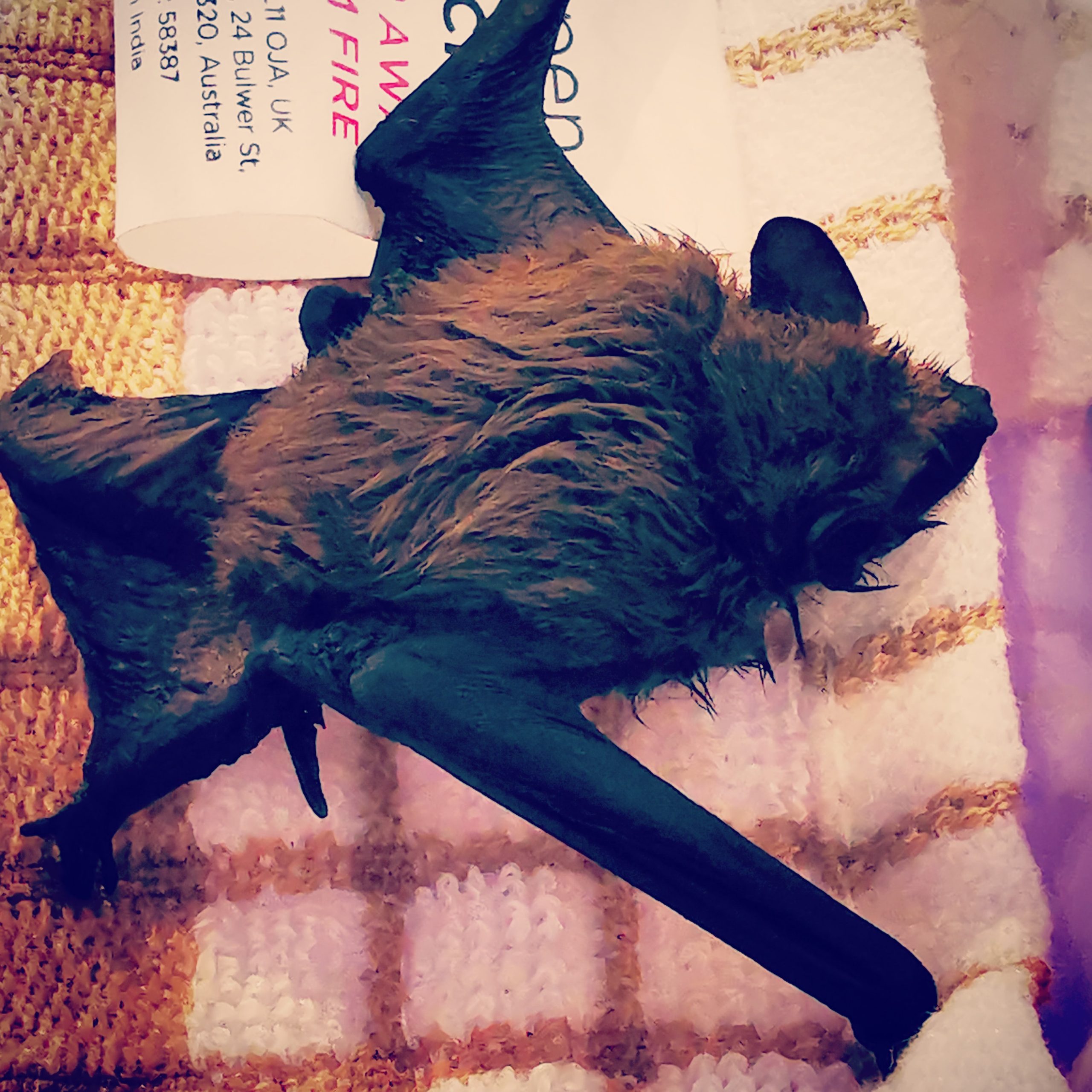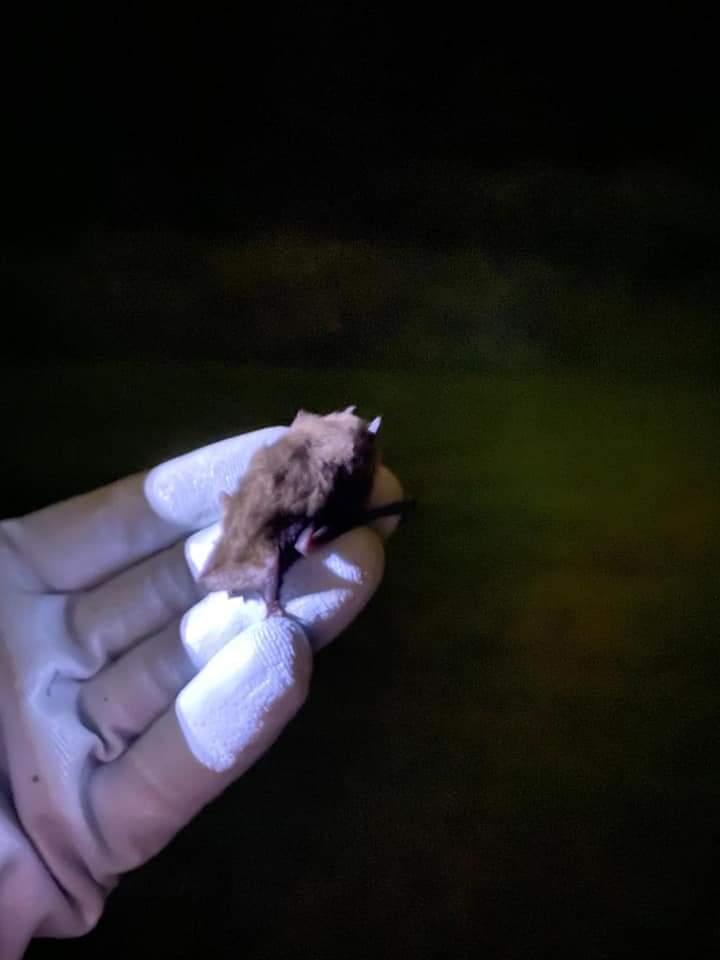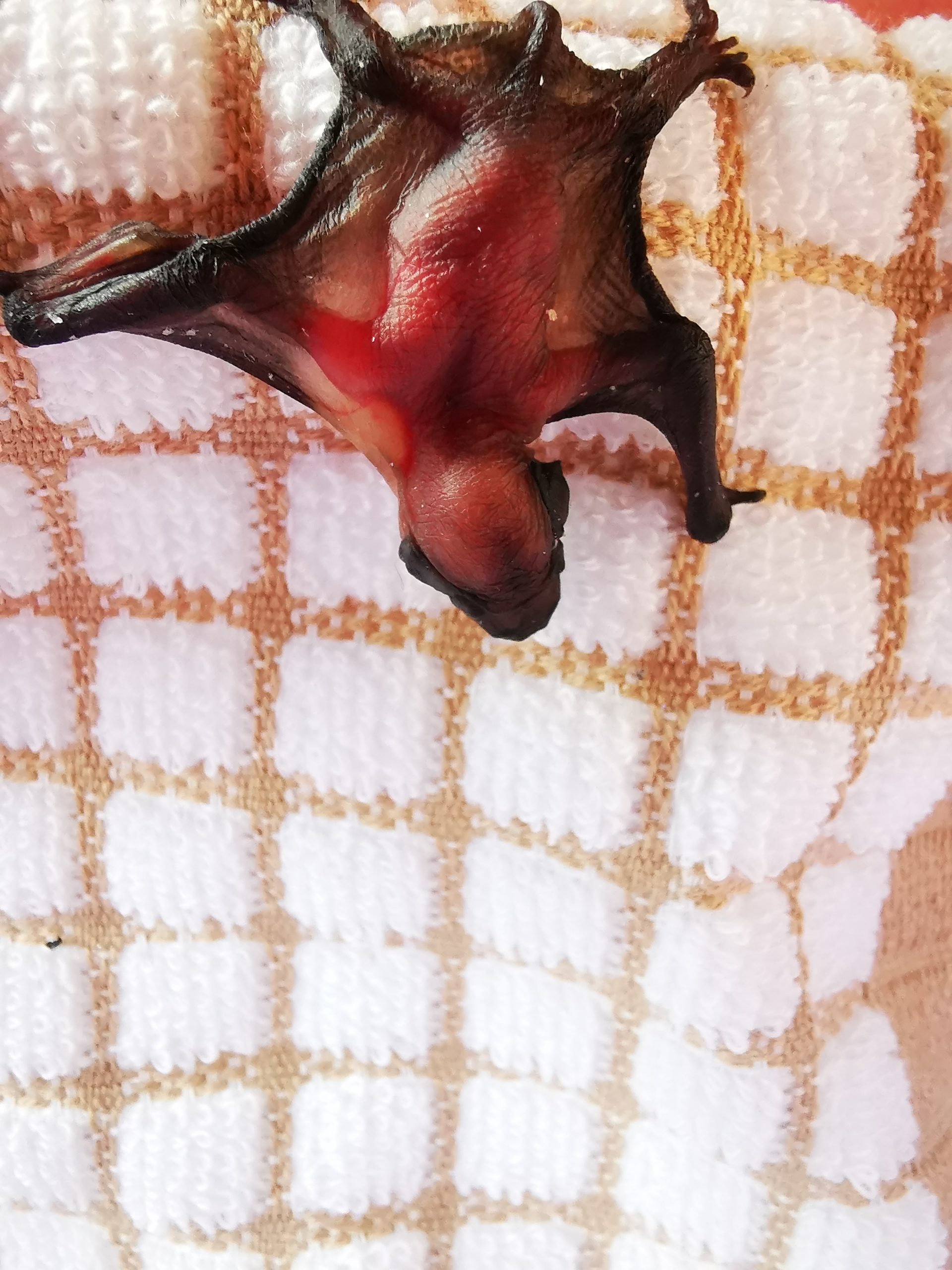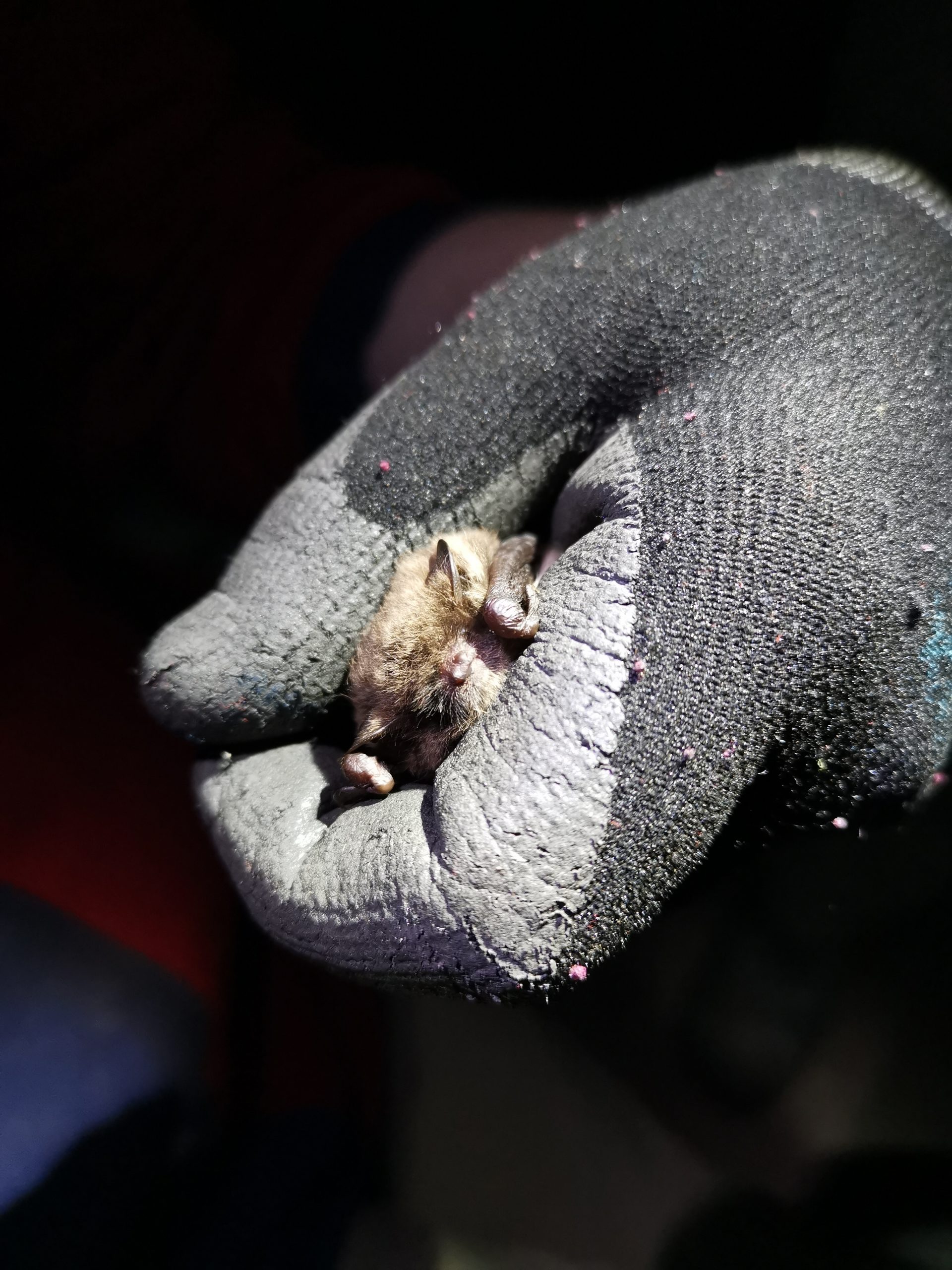West Yorkshire Bat Group is a group of volunteers involved in bat conservation. We are a partner group of the Bat Conservation Trust.
We aim to advance the protection and conservation of bats, their roosts, feeding areas and hibernation sites in this area
We wish to share with the public information about bats and bat conservation
Currently we are focusing on identifying and monitoring important sites for bats in West Yorkshire and the surrounding area.
We want our conservation efforts to be based on sound information, not just good ideas.
This is what we do
Have you found an injured or grounded bats or discovered a bat or roosting bat while undertaking building work?
Please ring the Bat Conservation Trust on
0345 1300 228.
Please visit our bat care page for advice on what to do to care for the bat until help is arranged, or visit the BCT care page here.
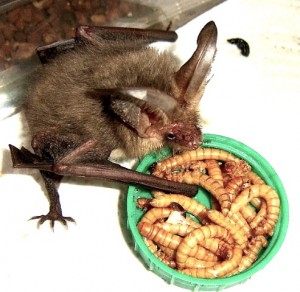
Below is a brief summary of the type of work we do below. You may also like to join our Facebook group.
